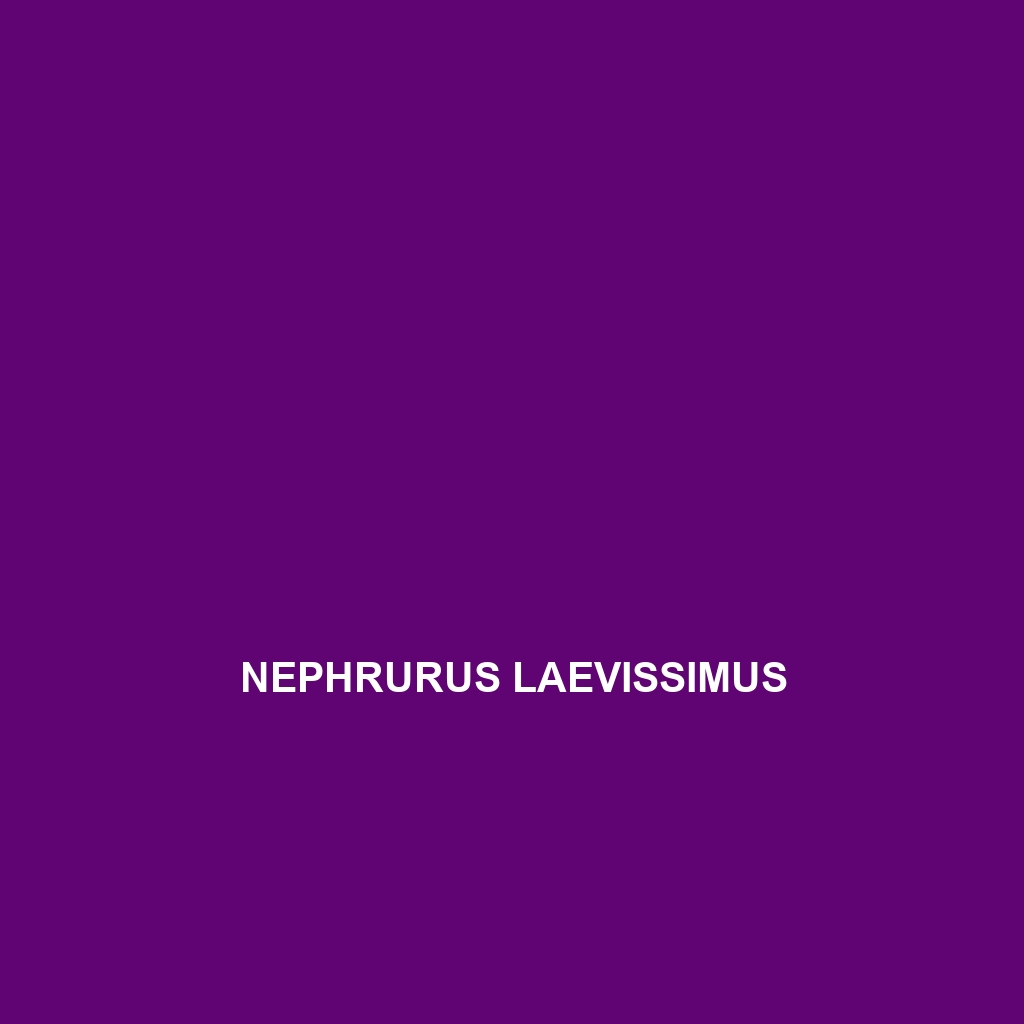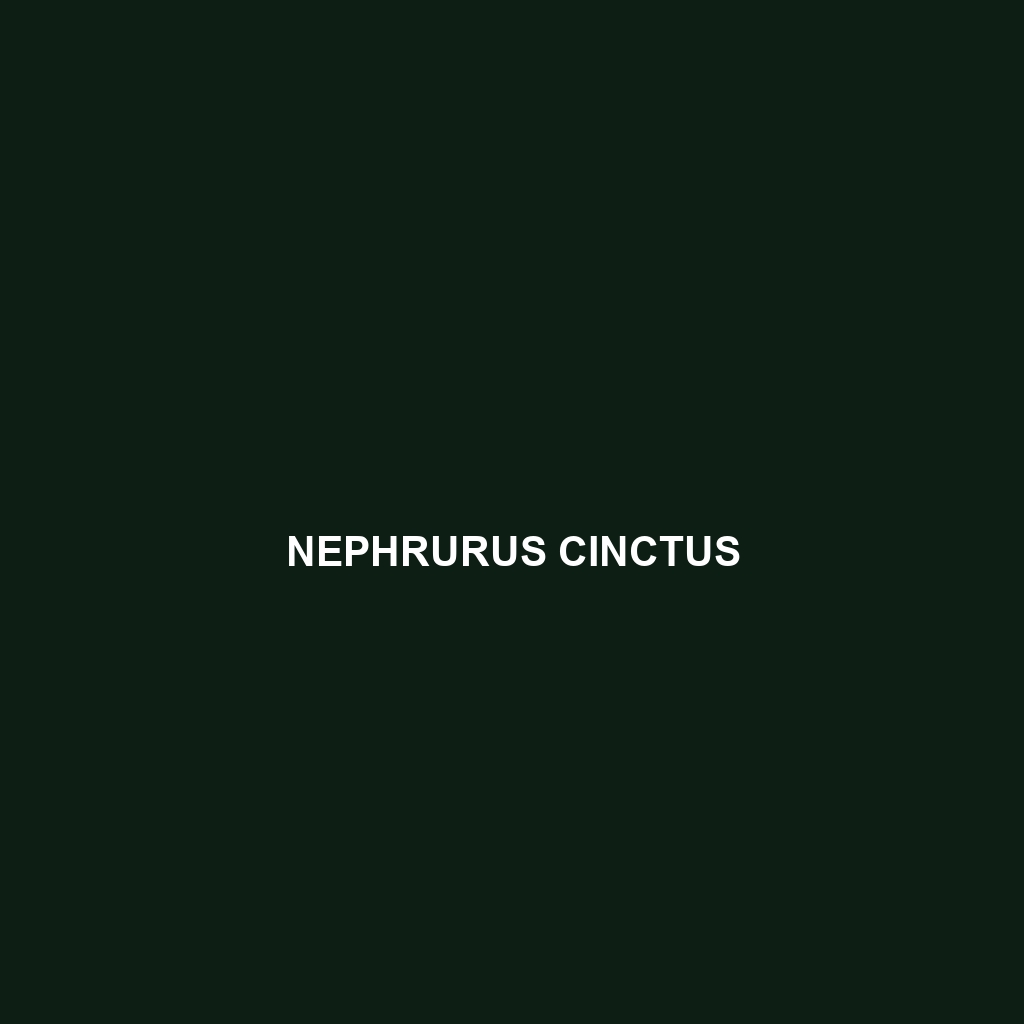Discover the fascinating <b>Pseudotrapelus sinaitus</b>, also known as the Sinai Agama, a resilient lizard native to the arid regions of northeastern Africa, showcasing vibrant colors in males and a primarily insectivorous diet. With impressive climbing abilities and distinct social behaviors, this species plays a vital role in maintaining ecological balance in its desert habitat.
Tag: arid ecosystems
Pristidactylus achalensis
Discover the Pristidactylus achalensis, a medium-sized lizard native to the arid regions of western Argentina, featuring a unique prehensile tail, striking brown and gray coloration, and an insectivorous diet. This resilient species thrives in rocky outcrops and sparse shrublands, playing a vital role in controlling insect populations and maintaining ecological balance.
Pseudotrapelus sinaitus
Discover the fascinating <b>Pseudotrapelus sinaitus</b>, also known as the Sinai Agama, a resilient lizard native to the arid regions of northeastern Africa, showcasing vibrant colors in males and a primarily insectivorous diet. With impressive climbing abilities and distinct social behaviors, this species plays a vital role in maintaining ecological balance in its desert habitat.
Pristidactylus achalensis
Discover the Pristidactylus achalensis, a medium-sized lizard native to the arid regions of western Argentina, featuring a unique prehensile tail, striking brown and gray coloration, and an insectivorous diet. This resilient species thrives in rocky outcrops and sparse shrublands, playing a vital role in controlling insect populations and maintaining ecological balance.
Phrynocephalus forsythii
Forsyth's Lizard (<i>Phrynocephalus forsythii</i>) is a robust insectivore native to the arid regions of central and western Asia, known for its excellent camouflage and ability to thrive in rocky and sandy habitats. This diurnal species displays intriguing social behaviors and plays a crucial role in maintaining the ecological balance as both a predator and prey.
Nephrurus vertebralis
Discover the Nephrurus vertebralis, or Centralian Rough Knob-tail Gecko, a medium-sized, nocturnal gecko native to Australia's arid regions, featuring a unique flattened body and a distinctive knob-like tail. With a diet primarily consisting of insects and a crucial role in maintaining ecological balance, this fascinating species showcases remarkable adaptations for survival in harsh environments.
Nephrurus laevissimus
The <b>Nephrurus laevissimus</b>, or smooth knob-tailed gecko, thrives in Australia's arid habitats, characterized by its distinctive bulbous tail and nocturnal insectivorous behavior. With a size ranging from 10 to 20 cm, this species is vital for maintaining ecological balance as both a predator and prey, contributing to soil health through its burrowing activities.
Nephrurus cinctus
<p>The <b>Nephrurus cinctus</b>, commonly known as the <b>sand-swimming gecko</b>, is a small to medium-sized gecko native to the arid regions of Australia, recognized for its unique sand-swimming abilities and nocturnal behavior. This insectivore thrives in sandy deserts and savannas, exhibiting a stocky body, flattened head, and distinctive dorsal coloration that provides excellent camouflage in its harsh habitat.</p>
Mesalina saudiarabica
Discover the resilient Mesalina saudiarabica, a fascinating lizard native to the arid regions of Saudi Arabia, known for its distinctive slender body, remarkable agility, and adaptability to extreme desert conditions. This insectivorous species plays a crucial role in maintaining ecological balance by controlling insect populations.
Mesalina balfouri
<p><b>Mesalina balfouri</b>, commonly known as Balfour's Agama, is a slender, agile lizard found in arid regions of northeastern Africa, recognized by its sandy beige to bright yellow coloration and distinctive elongated tail. These diurnal insectivores play a vital role in their ecosystem by regulating insect populations while showcasing fascinating behaviors during mating and territorial displays.</p>









